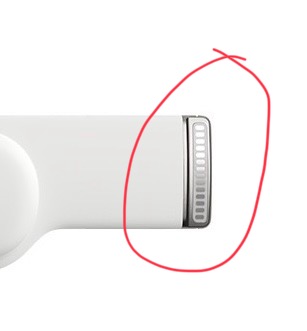

How do you boost intramuscular water retention? I get so dehydrated sometimes my brain burns and hurts.
Those sound like two very different things. Typically your cells manage this just fine on their own with just plain water intake provided the kidneys are working fine. Time to attain equilibrium is also important. For example, dumping a bag of IV fluid into someone’s veins will help replenish the volume of fluid in their blood vessels quickly at the outset. But it will move to the other parts of the body (or get dumped by the kidneys if the intravascular volume is already adequate).
I need serious electrolytes like 1 to 3 body armours to replenish followed by 48oz water. Followed by hours to recalibrate my body from nausea and migraines.
How well hydrated a person is before activity matters more for performance and recovery than we often recognize. Lots of studies of elite athletes and dehydration on performance and recovery. Also of these drinks have artificial sweeteners, that may be playing against you.
Urine can be clear but I can be so thirsty its unbearable. Literally feels like my brain is shrinking.
That sounds miserable. If better pre-activity hydration doesn’t solve the problem, you might want to speak to a care provider and make sure everything is ok with some tests.









To properly answer, we need to define what we mean as “airborne” which has gotten a bunch of people very upset recently. Prior to the COVID pandemic, the transmission model for respiratory viruses focussed on 3 distinct models of transmission:
COVID was presumed to only be transmitted through the first 2 methods. But weird things were observed, where transmission occurred when people (or ferret model experiments) were separated by barriers through which ballistic droplets couldn’t pass, like air ducts with multiple 90° bends. People also got sick after being in rooms many minutes after infected people had been present, long after ballistic droplets would have harmlessly fallen to the ground.
In reality, droplet models were just close range transmission, and airborne long range transmission of bio-aerosols, or micro droplets created from breathing, shouting, singing, coughing, or sneezing. The range was more a function of the transmissibility of the virus. Highly infective things can infect at low doses at long range. Less infective things occur with much higher doses, when people are quite close to one another. This folded in the prior models quite nicely. It was, however, not well accepted.
If a disease is to be transmitted by bio-aerosols, the disease vector needs to be able to enter the body through the surfaces with which it will interact upon being “breathed in”. This doesn’t work well for the STI viruses or bacteria, nor the malarial parasite, as they aren’t actively expelled in the respiratory system, so don’t generate bio-aerosols, and require access to highly specific host cells not easily accessed through the respiratory system at the necessary volumes to create an infection.
So, no, not really possible for non-respiratory viruses to become “airborne” in that sense.there would need to be a LOT of intermediate steps.
But diseases that we used to consider to be transmitted by the now defunct ballistic droplet model can become “airborne” (instead of “droplet”) if their ability to infect a subject becomes more successful at lower doses of pathogen such that it can occur at longer range, and over longer times.